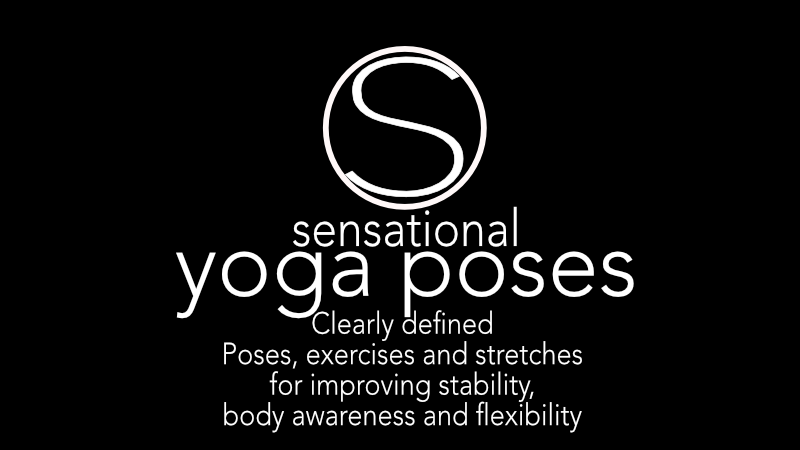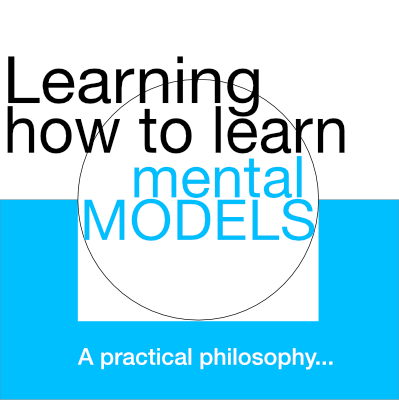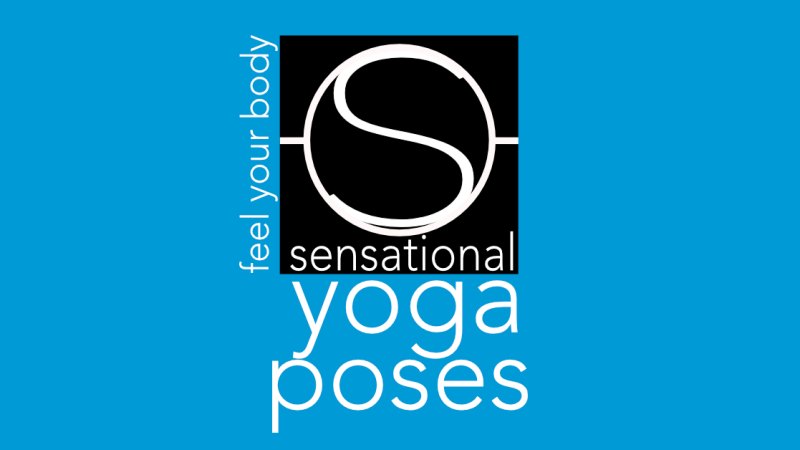Sensational Yoga Poses
Feel and control the forces generated by your muscles and transmitted via your connective tissues
For a list of all articles on this website by category check out the Article Archive. Alternatively you can use these indexes:
You can access the above indexes and others via the main menu at the bottom of each page. (And their should be a button that says "main menu" near the top of each page.)
Another option for searching for particular files is via the Categories index.
Getting around the sensational yoga poses website
If you are a first time visitor to this website, check out getting started to get a sense of the layout of this website so that it's easier to find what you are looking for.
If your interest is in anatomy, proprioception (body awareness or "feeling your body"), improving posture, or dealing with pain (by learning to better feel and control your body), then check out the APPP or anatomy, proprioception pain and posture index.
You can also always get to the article archive from the indexes section of the main menu.
The more section of the main menu includes links to pages that focus on general categories including yoga poses, flexibility, strength, balance as well as anatomic categories that focus on regions of the body such as the knees, the hips, the sacroiliac or SI joints.
The aim of sensational yoga poses
The simple aim of sensational yoga poses is to help you better feel and control your body. Failing that, it's to help make it easier for you to learn yoga and develop your own yoga practice.
It's all based on my experiences both from doing yoga but also from trying to teach it.
A lot of my experience is also built around and upon dealing with various aches and pains and problems. Solving those problems is what has led me to focus on teaching muscle control because not only has it helped me deal with various pains, it's also helped me to improve my flexibility and my understanding of my own body. Muscle control is what enables me to feel my body as well as control it and it's also enabled my students to better feel theirs.
Ebooks and videos
The ebooks and videos that I sell on this website are all done by myself and are a reflection of my experiences as a teacher and doer of yoga.
Published: 2017 07 09
Updated: 2023 03 11


